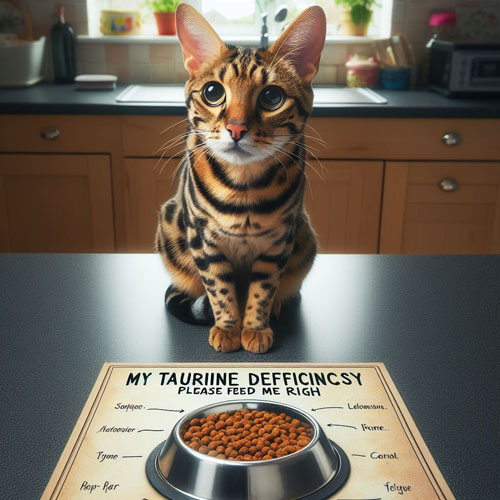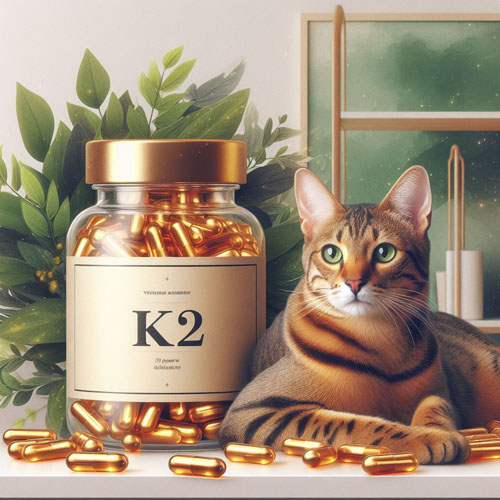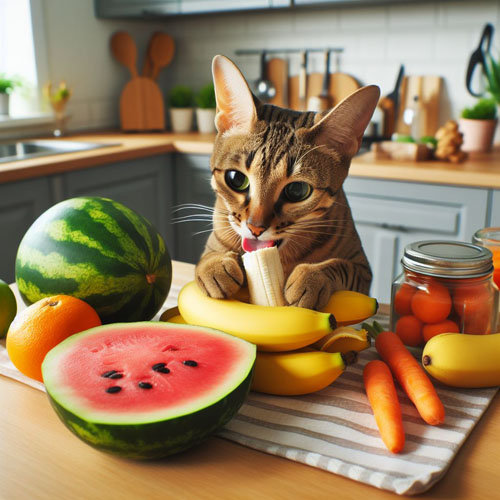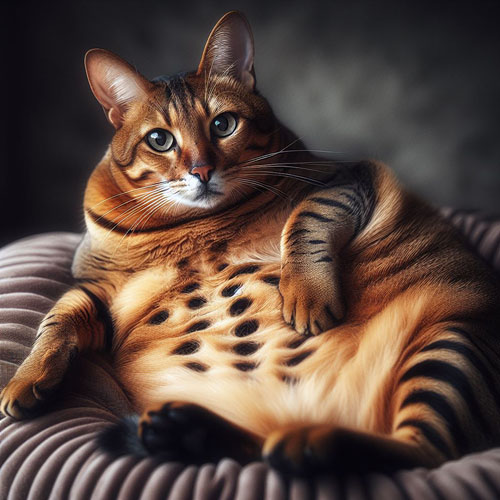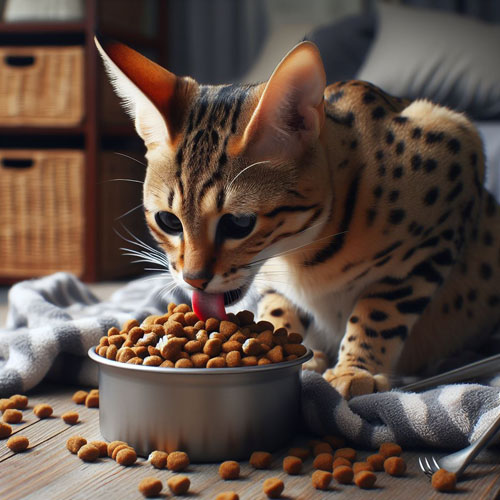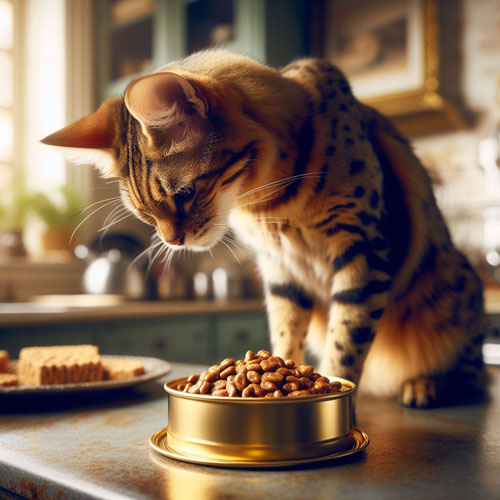Dry Cat Food! The Good The Bad And The Ugly
Dry cat food ingredients play a crucial role in the overall health and well-being of our feline friends. As responsible pet owners, we need to understand the different components that make up these food products and their potential impact on our cats’ diets. In this article, we will delve deeper into the definitions and implications of ingredients commonly found in dry cat food.
First and foremost, there is a difference between human-grade and feed-grade meats. Feed grade means the meat is not fit for human consumption. Sadly, feed grade is often meat that is diseased, damaged, disabled, degraded meat or dying animals. Many companies are slowly moving towards human-grade meats in cat food. They are finally starting to understand the significance of using higher-quality meats. Having the first ingredient as a named protein is a good start. Chicken, Turkey, Beef, Lamb, and Fish are all good starting points. The AAFCO says that 26% to 30% of crude protein by dry matter is sufficient. In reality, higher proteins of 40% or above are much better.
Cats are obligate carnivores and require that protein be the main ingredient in dry cat food. Dry foods do supply protein in significant amounts. The higher the better of course. Dry food is helps clean teeth and maintain gum health. It supports a cats natural grazing habits. Cats like to eat small amounts many times a day. It is not possible to leave wet food out all the time as it spoils. It also has fiber and vitamins and is nutritionally complete. It is convenient and less expensive than canned foods. It has a longer shelf life and is easy to store. Dry food also has a higher nutrients per unit weight with the same calories. Pound for pound, a cat will eat less dry than wet food. But alas, dry is pretty much a meat flavored cereal though nutrient dense.
By-products are frequently included in the ingredient list of dry cat food. They consist of various parts of animals that are not typically consumed by humans, such as organs, bones, and blood. Meat by-products come from many different animals and unfortunately, we are never told what that animal is. While by-products often receive criticism, it is important to note that they can provide valuable nutrients for cats. Organ meats, for example, are rich sources of vitamins and minerals that contribute to a healthy diet. However, it is vital to ensure that the by-products come from trusted sources and are free from any harmful contaminants.
Meat meal is a mysterious meat by-product that encompasses parts of the animals that humans will not eat combined with low-quality and sometimes diseased muscle meat. It is another ingredient commonly found in dry cat food. It is a concentrated form of meat that has been rendered and processed (another thing that bothers cat owners) to remove moisture and fat. Meat meal can be derived from a variety of sources, including chicken, beef, or fish. These meals are often highly digestible and provide essential amino acids and protein for cats. However, it is crucial to ensure that the meat meal used is of high quality, as some lower-quality products may contain fillers or artificially inflated protein levels.
Grain in cat food is another issue and some dry cat foods have as much as 50% grains. Corn meal and wheat gluten are often added as protein sources. But they are loaded with carbohydrate fillers and when used in dry cat food, can be harmful. Soy is also used and is not a quality protein source. Soy is heavily sprayed with pesticides and any cat food with soy, has tested positive for pesticides. Soy is known to contain phytoestrogens and it also has a negative impact on the thyroid gland. Considering the high prevalence of hyperthyroidism in cats, it is inappropriate to include soy in cat food. Regrettably, soy is frequently used as an ingredient by numerous pet food manufacturers, particularly Purina, as it helps boost their profit margin. Melamine can also be found in dry cat foods and can lead to kidney stones and kidney failure when combined with cyanuric acid. These ingredients can contribute to obesity, diabetes, and other health issues in cats. It is recommended to choose cat food that is high in protein and does not contain fillers for optimal feline health.
BHT (butylated hydroxytoluene) and BHA (butylated hydroxyanisole) are synthetic antioxidants commonly added to dry cat food to prevent the oxidation of fats. This extends the shelf life of the product and helps maintain its freshness. While BHT and BHA are generally regarded as safe for cats when consumed in moderation, some studies have raised concerns about their potential long-term effects. It is worth noting that many pet food manufacturers are now exploring alternative natural antioxidants in their formulations, making it important to read labels and choose products that align with your preferences.
Ethoxyquin is another antioxidant that is sometimes used in dry cat food. Originally developed as a pesticide, it has also been utilized as a preservative in animal feed. However, concerns have been raised about its potential adverse effects on pets’ health, such as liver and kidney damage. Due to these concerns, the use of Ethoxyquin in pet food is limited, and some manufacturers opt for alternative preservatives or natural sources of antioxidants instead.
Carrageenan can be found in many cat foods and can cause digestive upset and inflammation. It is used to stabilize and thicken food.
In conclusion, understanding the ingredients in dry cat food is crucial for ensuring the optimal health and nutrition of our cats. By-products and meat meals can provide essential nutrients, but it is important to ensure their quality and safety. Synthetic antioxidants like BHT, BHA, and Ethoxyquin are commonly used in pet food, but their long-term effects are still being studied. As responsible pet owners, it is essential to stay informed, read labels, and choose products that align with our cats’ individual needs.
